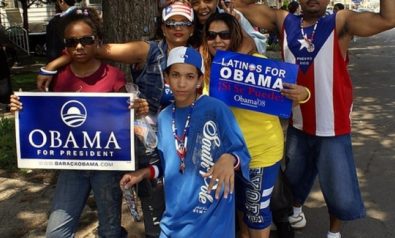Catherine Lei examines the role of the US dollar as the world’s reserve currency and whether it might be in danger of losing that role.
Background
Most national economies rely on a reserve system, according to which the federal government holds in reserves a substantial amount of a foreign currency to use as the basis for international exchange. The gold standard was the original reserve system. Paper notes of local currencies are ultimately exchangeable for gold in this system.
England was the first nation to officially adopt the gold standard in 1821. One by one, other countries also adopted gold as the backing for their national currency reserve systems. An international gold standard emerged by 1871 and it prevailed until 1914, the outset of World War I.
World War I upset the delicate balance of political and economic alliances. National finances fell as international debts rose, and it soon became evident that the gold standard could not withstand the pressures that came with the changed economic circumstances. The stock market crash of 1929 was the last straw that broke the camel’s back and the international community sought an alternative to the gold standard.
The US dollar appeared to offer a viable alternative to gold. With Britain at the forefront, various nations began stocking US dollars more than gold. National governments acquired dollars through purchases with their gold reserves, and gold flowed into the US. By the end of World War II, the US held three-quarters of the world’s gold supply and remained the only nation to retain a gold-backed currency. In 1944, the landmark Bretton Woods Agreement developed by the United Nations Monetary and Financial Conference officially established the US dollar as the international reserve currency.
Why is the dollar as world currency relevant?
The Bretton Woods System also established the International Monetary Fund (IMF) and introduced what is called an adjustable “pegged” foreign exchange rate system. According to this system, the exchange rates of currencies were pegged, or fixed, to the dollar, which became the international reserve currency. The dollar in turn was backed by gold.
The Bretton Woods System began faltering as early as the late 1950s because the supply of dollars by the Fed exceeded the gold reserves that backed them. By the autumn of 1960, the price of an ounce of gold was $40 in London as compared to $35 in the US, clearly showing that the dollar was overvalued. By August 1971, the Bretton Woods system was defunct. President Nixon announced that the dollar could no longer be exchanged for gold. After the demise of the fixed exchange rate, floating adjustable exchange rates emerged. The dollar continues to be the world reserve currency, but it is no longer backed by gold. Other countries have the choice to fix the value of their currencies vis-à-vis the dollar or to let the market decide their value.
There have been attempts to have a multicurrency reserve system. The German mark and Japanese yen were once seen as alternatives to the dollar. Then many had high hopes for the euro. None of these, however, has been able to challenge the dollar.
Since the 2008 global financial crisis, the BRICS (Brazil, Russia, India, China and South Africa) have been gaining prominence in the global economy. Loose US monetary policy or, in other words, the increased amount of US dollars released into the global economy by the Fed is causing significant discomfort in many countries. Other countries, including the BRICS, are seeking an alternative to the dollar. The governor of China’s central bank called for strengthening global currency controls through the IMF. This year in late March, the BRICS signed two landmark banking agreements extending credit amongst themselves in their national currencies. While the dollar is weakening, no other currency has emerged to take its place. The dollar continues to be the world’s reserve currency but an increasing number of countries and scholars are worried about the state of its health.
For more than 10 years, Fair Observer has been free, fair and independent. No billionaire owns us, no advertisers control us. We are a reader-supported nonprofit. Unlike many other publications, we keep our content free for readers regardless of where they live or whether they can afford to pay. We have no paywalls and no ads.
In the post-truth era of fake news, echo chambers and filter bubbles, we publish a plurality of perspectives from around the world. Anyone can publish with us, but everyone goes through a rigorous editorial process. So, you get fact-checked, well-reasoned content instead of noise.
We publish 2,500+ voices from 90+ countries. We also conduct education and training programs on subjects ranging from digital media and journalism to writing and critical thinking. This doesn’t come cheap. Servers, editors, trainers and web developers cost money.
Please consider supporting us on a regular basis as a recurring donor or a sustaining member.
Support Fair Observer
We rely on your support for our independence, diversity and quality.
Will you support FO’s journalism?
We rely on your support for our independence, diversity and quality.









